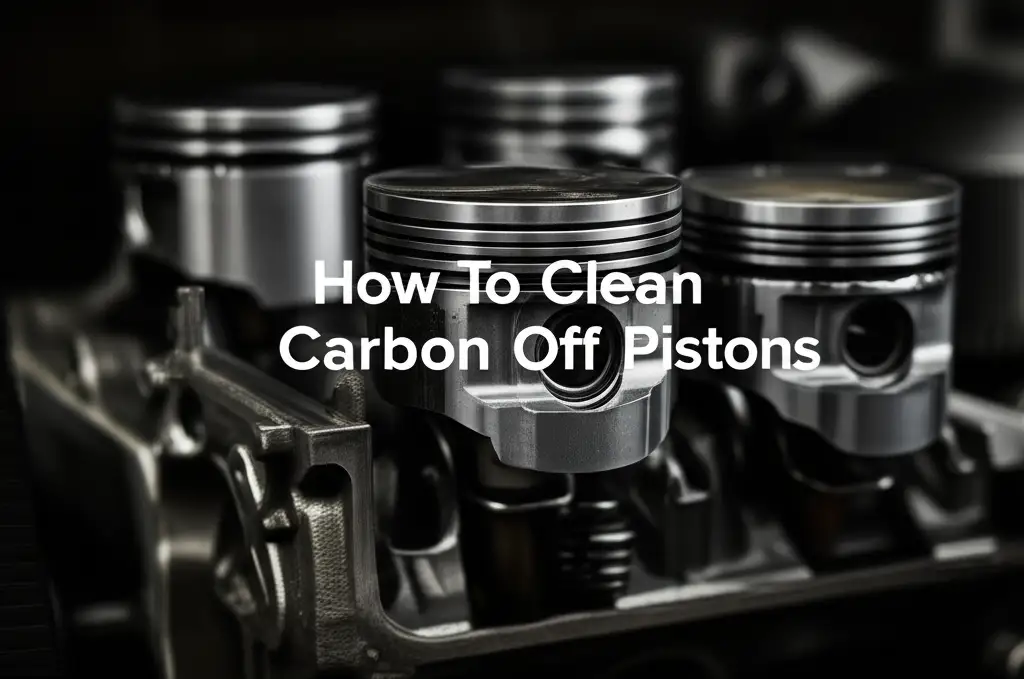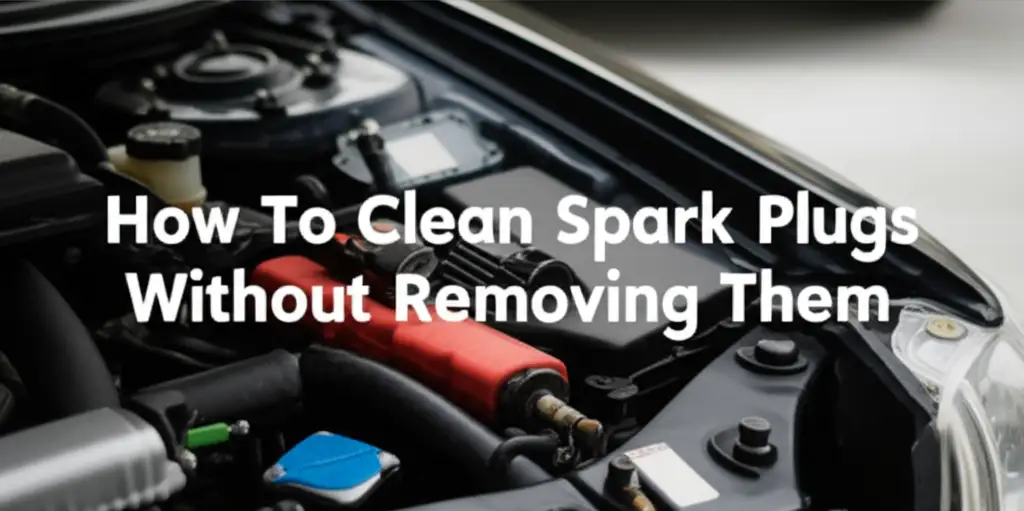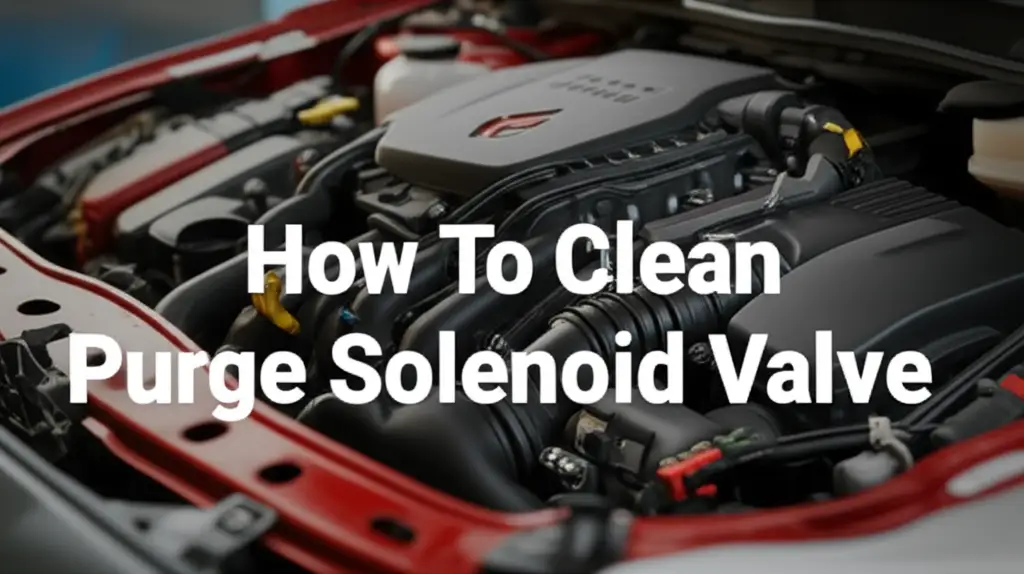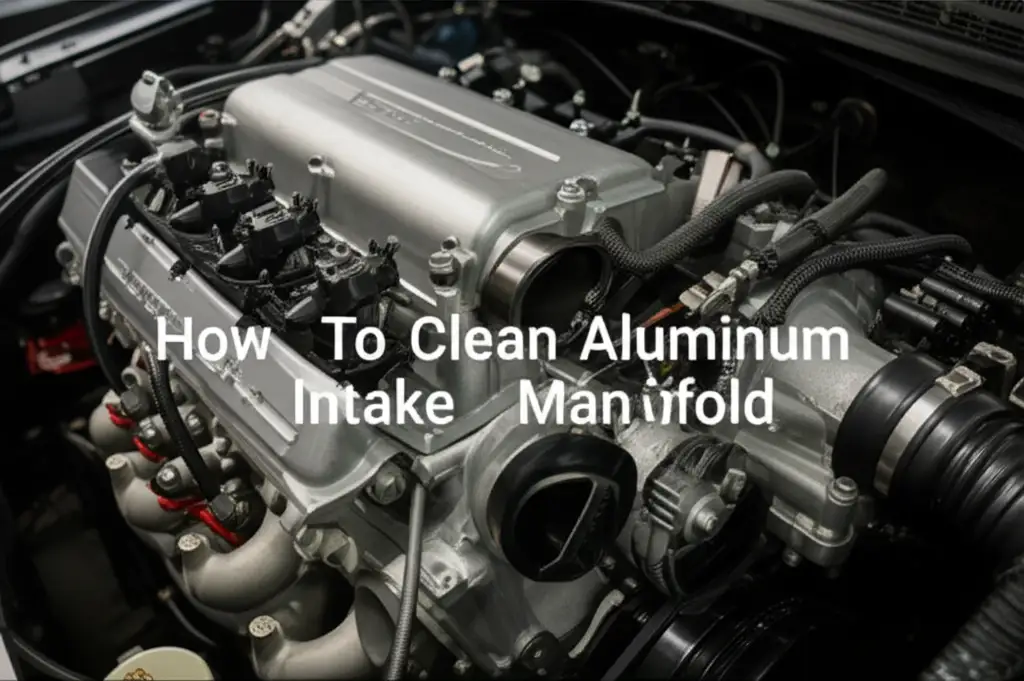· Automotive Maintenance · 7 min read
How To Clean Egr Valve Without Removing
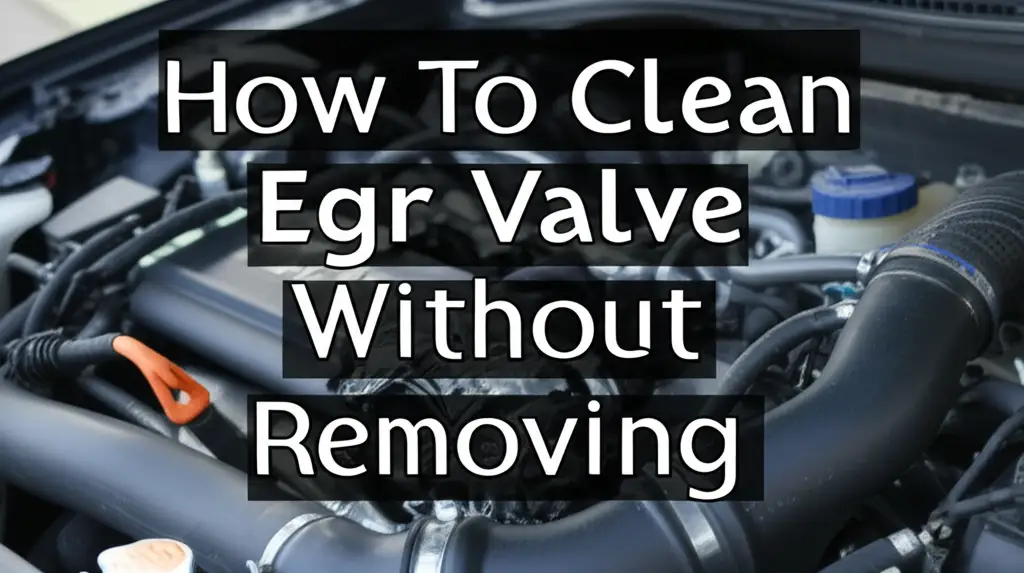
Restore Engine Power: How To Clean Your EGR Valve Without Removing It
Has your car been feeling sluggish lately? Are you noticing a rough idle or poor acceleration? These could be signs of a dirty Exhaust Gas Recirculation (EGR) valve. A clogged EGR valve can significantly impact your vehicle’s performance and fuel economy. The good news is that you often do not need to remove the valve to clean it. I will show you how to clean your EGR valve without removing it. This approach saves time and money. It also avoids the complexities of professional service. This article covers everything. We discuss what an EGR valve does, signs of a dirty one, and detailed steps for cleaning it at home. Get ready to restore your engine’s power and efficiency.
Takeaway
Cleaning your EGR valve without removal is a cost-effective way to restore engine performance.
- Identify EGR valve symptoms like rough idle and poor acceleration early.
- Use specific EGR cleaner sprays or fuel additives for effective results.
- Follow safety precautions and product instructions carefully during the cleaning process.
- Regular maintenance helps prevent severe carbon buildup and extends engine life.
- Consult a professional if symptoms persist after cleaning or if you suspect deeper issues.
Clear, Concise Answer to Main Query
You can clean an EGR valve without removing it by using specialized EGR cleaner sprays or fuel system additives. These products dissolve carbon deposits directly within the valve and its passages. This method restores proper exhaust gas flow and improves engine function.
Understanding Your EGR Valve: What It Does and Why It Gets Dirty
The Exhaust Gas Recirculation (EGR) valve is an important part of your car’s emissions control system. It helps reduce harmful nitrogen oxide (NOx) emissions. The valve recirculates a small portion of exhaust gases back into the engine’s combustion chambers. This process lowers combustion temperatures. Lower temperatures mean less NOx forms. The EGR valve is critical for environmental compliance and smooth engine operation.
The Role of the EGR System
Your engine creates exhaust gases during combustion. The EGR system takes some of these gases. It directs them back into the intake manifold. This dilutes the incoming air-fuel mixture. The diluted mixture burns at a lower temperature. This temperature reduction is key. It prevents the formation of nitrogen oxides, a major air pollutant. Without a working EGR valve, your car produces more harmful emissions. It also runs less efficiently.
Causes of Carbon Buildup
EGR valves work with hot exhaust gases. These gases contain soot and unburnt fuel particles. Over time, these particles accumulate inside the valve. This forms hard carbon deposits. This buildup is a natural byproduct of combustion. Short trips and stop-and-go driving worsen this problem. The engine does not get hot enough to burn off deposits. Poor fuel quality or engine oil can also contribute. This carbon buildup restricts the valve’s movement. It also blocks the passages. A restricted valve cannot open or close correctly. This leads to performance issues.
Signs of a Clogged EGR Valve: Recognizing the Symptoms
A dirty EGR valve affects your car’s performance. It shows several clear symptoms. Recognizing these signs early helps you address the problem quickly. Ignoring a clogged EGR valve can lead to more serious engine problems. It also affects fuel efficiency. Pay attention to how your car drives. These symptoms often get worse over time. Catching them early can save you from costly repairs.
Common Performance Issues
One of the most common signs is a rough idle. Your engine may shake or vibrate more than usual when stopped. You might also notice poor acceleration. The car feels hesitant when you press the gas pedal. Reduced fuel economy is another symptom. Your car uses more gas for the same distance. This happens because the engine cannot manage combustion efficiently. You might also experience engine knocking or pinging. This sound comes from uncontrolled fuel combustion. Stalling can also occur, especially at low speeds. These issues affect your daily driving.
Diagnostic Trouble Codes
Your car’s onboard diagnostic (OBD-II) system can detect issues with the EGR valve. A common symptom is the illumination of the “Check Engine” light. This light indicates a problem that needs attention. When the light comes on, your car stores a diagnostic trouble code (DTC). For EGR issues, common codes include P0401 (EGR Flow Insufficient) or P0404 (EGR Control Circuit Range/Performance). Using an OBD-II scanner helps confirm the problem. This device reads the codes from your car’s computer. It gives you a clear indication that the EGR valve is the issue. Knowing the code helps you diagnose correctly.
The Advantages of Cleaning Your EGR Valve Without Removal
Cleaning your EGR valve without removing it offers significant benefits. It is a practical and accessible option for many car owners. This method helps maintain your vehicle without the need for complex tools or specialized mechanical skills. It saves you money and time. This approach also prevents potential damage that can occur during a full removal. Embracing this DIY method puts car maintenance in your hands.
Cost Savings and Time Efficiency
A professional EGR valve replacement or deep cleaning can be expensive. Parts and labor charges add up quickly. Cleaning it yourself avoids these costs entirely. You only pay for the cleaning product. The process also takes less time. Removing an EGR valve can be a lengthy job. It often involves disconnecting several components. Cleaning in place means you can finish the job in an hour or two. This makes it a great weekend project. You get your car back on the road faster.
Avoiding Complex Repairs
Removing the EGR valve involves disconnecting electrical connectors, vacuum lines, and mounting bolts. These parts can be fragile. Accidental damage during removal is possible. If a bolt breaks or a gasket tears, the repair becomes more complicated and costly. Cleaning the valve without removal significantly reduces this risk. You do not need to dislodge stuck components. This method is simpler and less invasive. It helps you avoid potential headaches and extra expenses. For similar benefits in other parts of your engine, consider learning how to clean your intake manifold without removing it. You can also discover ways to maintain other vital car components such as cleaning your fuel injectors without removing them for better performance.
Essential Tools and Materials for Non-Removal EGR Cleaning
To successfully clean your EGR valve without removing it, you need specific tools and materials. Having everything ready before you start makes the process smooth and efficient. Most of these items are easily found at automotive supply stores. Always prioritize safety gear to protect yourself during the cleaning process. Preparation is key to a successful DIY project.
Choosing the Right EGR Cleaner Spray
The most important item is a specialized EGR cleaner spray. These sprays are formulated to dissolve carbon deposits. They do not harm engine components. Look for products specifically labeled “EGR cleaner” or “intake system cleaner.” Do not use general purpose cleaners like brake cleaner. They may not be safe for your engine’s sensors or rubber parts. Some popular brands offer excellent EGR cleaning solutions. Read product labels carefully. Ensure the cleaner is compatible with your vehicle’s engine type.
Considering Fuel System Additives
Alongside a direct spray, consider using a fuel system additive. These additives are poured directly into your fuel tank. They circulate through your fuel system and combustion chambers. They help dissolve carbon deposits from within. This method is less intensive than direct spraying. It serves as an excellent preventative measure. Fuel additives are simple to use. They require no special tools.
Additional Materials Needed
- Safety Glasses and Gloves: Protect your eyes from chemical splashes and your hands from irritation.
- Shop Rags or Old Cloths: For wiping up excess cleaner and grime.
- **Flat
- EGR valve cleaning
- Carbon buildup removal
- DIY car maintenance
- Engine efficiency
- Check engine light fix
- Fuel additive cleaning
- Intake manifold cleaning

